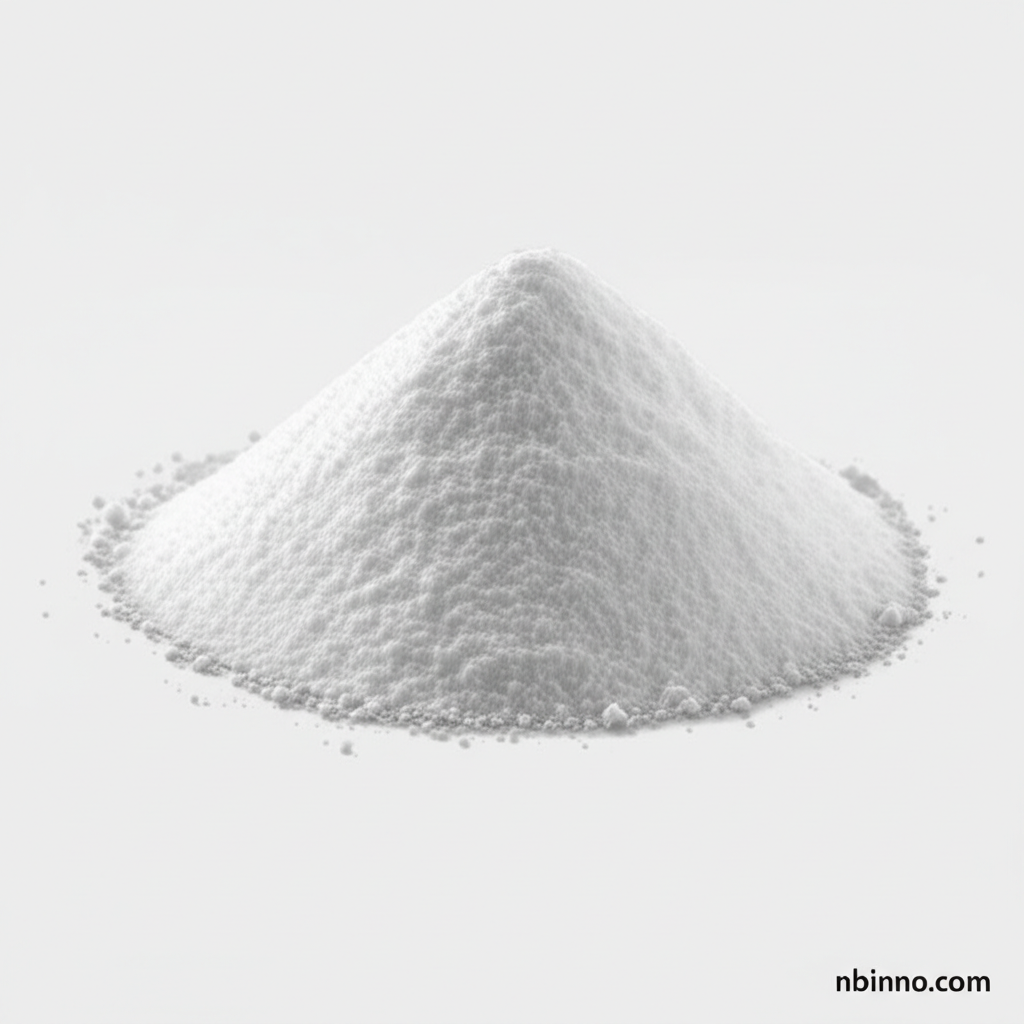2-Cyaniminothiazolidine (CAS 26364-65-8): High-Purity Electronic Chemical for Photoresist Applications | Trusted China Supplier
Discover the critical role of 2-Cyaniminothiazolidine in advanced photoresist formulations. As a key electronic chemical, its purity and consistent supply are vital for microelectronic manufacturing. Learn more about its properties and how our reliable sourcing in China ensures your production needs are met.
Get a Quote & SampleThe Essential Component for Advanced Photoresists

2-Cyaniminothiazolidine
As a leading manufacturer and supplier of electronic chemicals in China, we provide high-purity 2-Cyaniminothiazolidine (CAS 26364-65-8). This vital chemical intermediate is engineered for demanding photoresist applications, ensuring optimal performance and reliability in microelectronic fabrication processes. Trust us for your bulk purchase and competitive pricing.
- High Purity for Demanding Applications: Our 2-Cyaniminothiazolidine meets stringent purity standards essential for advanced photoresist development and manufacturing.
- Key Electronic Chemical Intermediate: Serving as a crucial component in electronic chemicals, it supports innovations in semiconductor and display technologies.
- Reliable Supply from China: As a trusted supplier, we guarantee consistent availability and quality, supporting uninterrupted production schedules for our clients.
- Competitive Pricing and Bulk Availability: We offer competitive prices for bulk orders of 2-Cyaniminothiazolidine, making it an economically viable choice for large-scale manufacturing.
Advantages of Sourcing 2-Cyaniminothiazolidine
Exceptional Purity and Consistency
Our 2-Cyaniminothiazolidine is characterized by its exceptional purity and lot-to-lot consistency, crucial for achieving predictable and high-yield results in photoresist applications. This reliability ensures your production processes remain stable.
Chemical Properties for Photoresists
With a molecular weight of 127.16 and a melting point around 156-157 °C, 2-Cyaniminothiazolidine (CAS 26364-65-8) offers the precise chemical properties needed to formulate high-performance photoresists for microelectronics.
Global Supplier Network
We leverage our extensive network as a China-based manufacturer and supplier to provide a stable and cost-effective supply of 2-Cyaniminothiazolidine, meeting the global demand from the microelectronics industry.
Key Applications in Electronics Manufacturing
Photoresist Formulations
2-Cyaniminothiazolidine is a key ingredient in the formulation of advanced photoresists, enabling the precise patterning required for semiconductor manufacturing and integrated circuit production.
Microelectronics Fabrication
Its high purity and specific chemical properties make it indispensable for various microelectronic fabrication steps, supporting the creation of complex electronic components.
Chemical Synthesis
Beyond photoresists, this compound serves as a valuable intermediate in the synthesis of other fine chemicals, catering to specialized industrial needs.
Research & Development
Researchers and scientists utilize 2-Cyaniminothiazolidine for its unique properties in developing new materials and processes within the electronic chemicals sector.
